The human brain is a funny thing. And how it absorbs information can be appreciated by everybody, from ancient philosophers to advanced psychology students to the casual blog reader.
Concepts represented visually are an important step in relaying information—especially with complex information—in a way that’s easier to digest.
Did you know that visual aids improve learning by as much as 400 percent? Did you realize that we can process visuals 60,000 times faster than text? Would you guess that the average person only remembers one-fifth of what they hear?¹

“I hear and I forget. I see and I remember. I do and I understand.” – Confucius
Eye-catching infographics, data visualizations, charts, maps, cartoons, animations, illustrations, simulations, even GIFs all fall into the category that gives audiences a chance to process and recall facts and key takeaways.
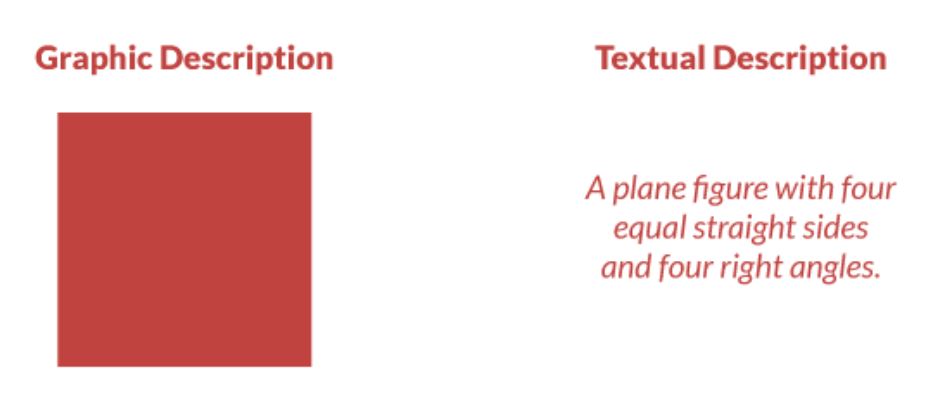
It’s OK! Even Geniuses Need Help
Comprehension is the goal. A kindergarten teacher can explain that a picture is worth 1,000 words.
“Big, complex thoughts. Human cognitive effectiveness and efficiency is constrained by the well-known limitations of working memory that George Miller identified in 1957. Large visual displays have for some time been known to help us overcome this bandwidth constraint,” writes Robert E. Horn.²
Horn, a political scientist who taught at Harvard, Columbia, and Sheffield University in the U.K., has been a visiting scholar at Stanford University’s Center for the Study of Language and Information. An expert and author known for the development of information mapping, he states that he is, “…usually integrating visual and verbal elements. Trying as much as possible to use words when they do the job best, and visual elements (images and diagrams) when they do the job best.”
Related: Color Choice is Essential in Branding
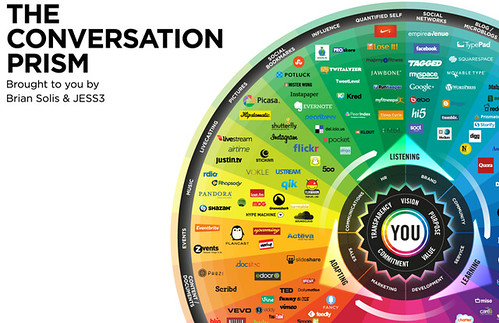
Bring Your Thoughts to Life
When creating content that can be enhanced by visuals, marketers should ask themselves:
- Beyond words, can my storytelling be improved with visuals?
- Can I do that with more than a photo?
- Is there a concept that’s easier to understand using an infographic?
- Should this be an interactive infographic?
- Do I have the skills/resources to produce the visual or should I outsource it?
Making appealing and trustworthy infographics doesn’t require an art degree. Although at Spritz we do have an experienced team with art degrees and a deep understanding of color, layout and graphic design.
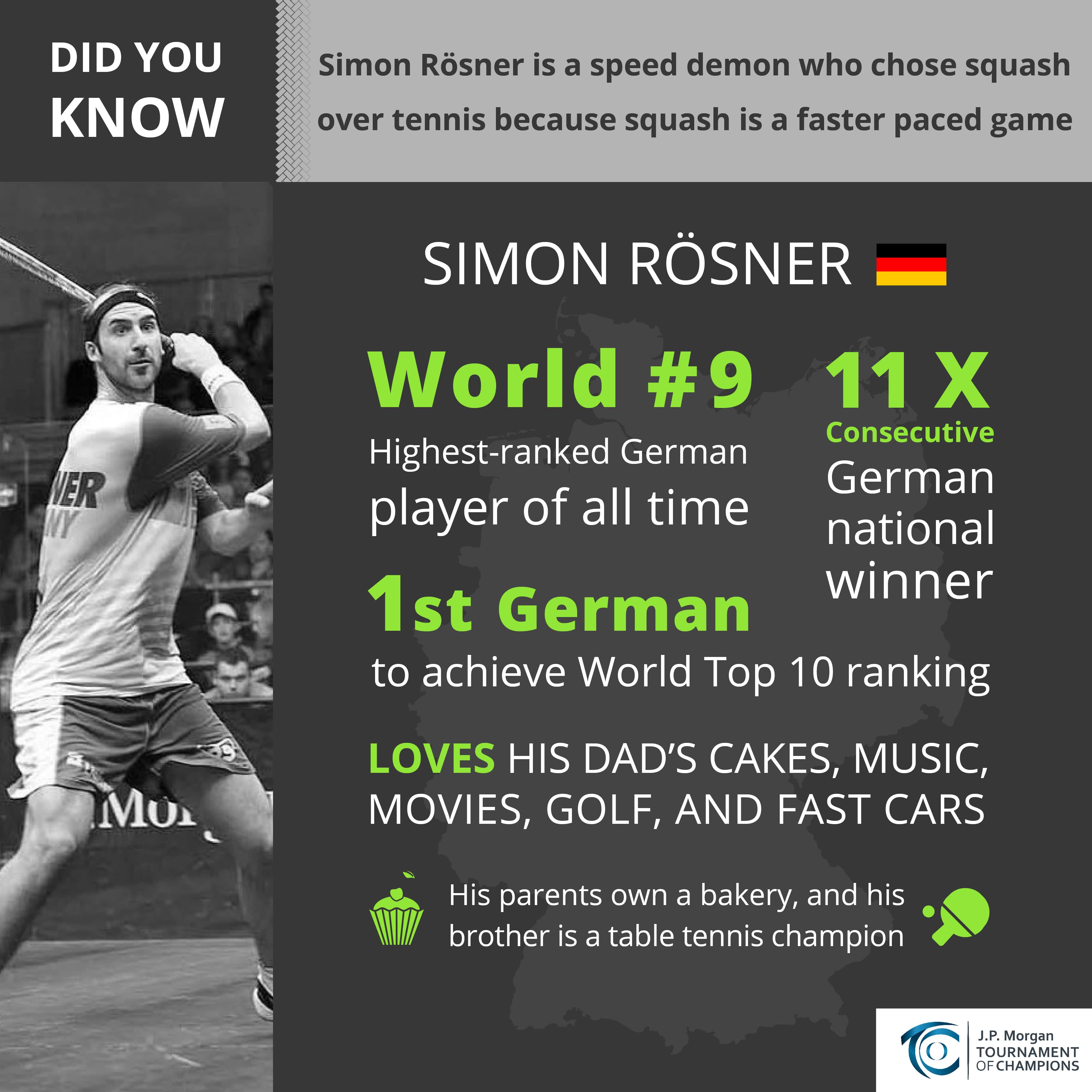
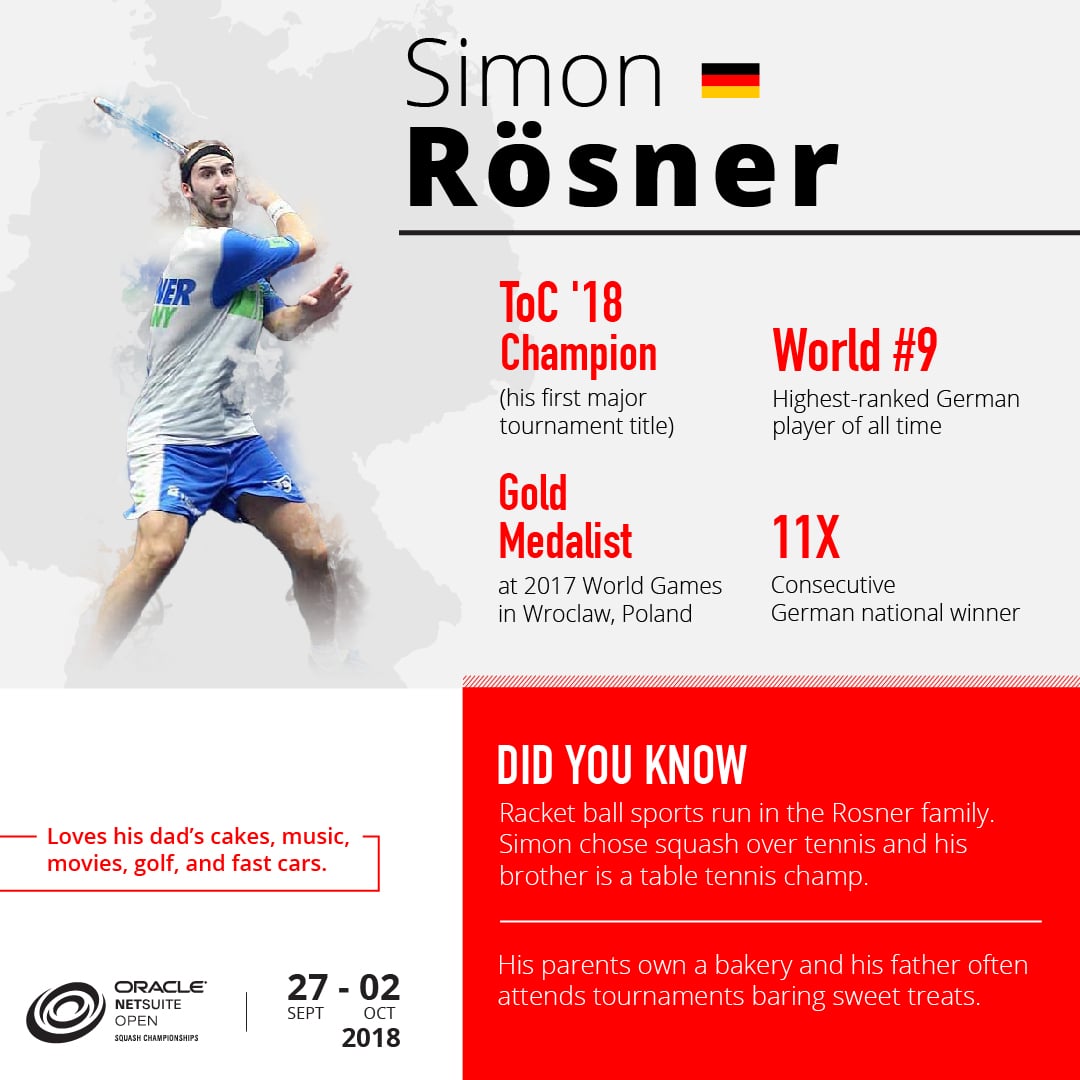
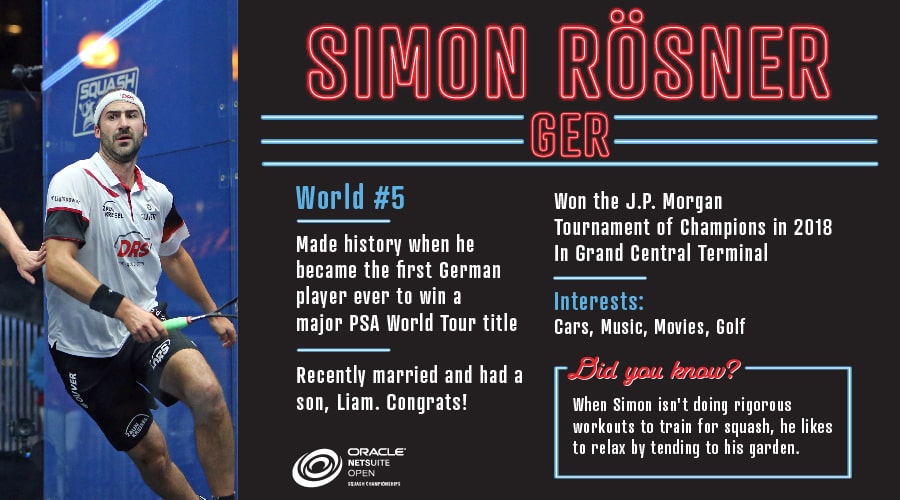

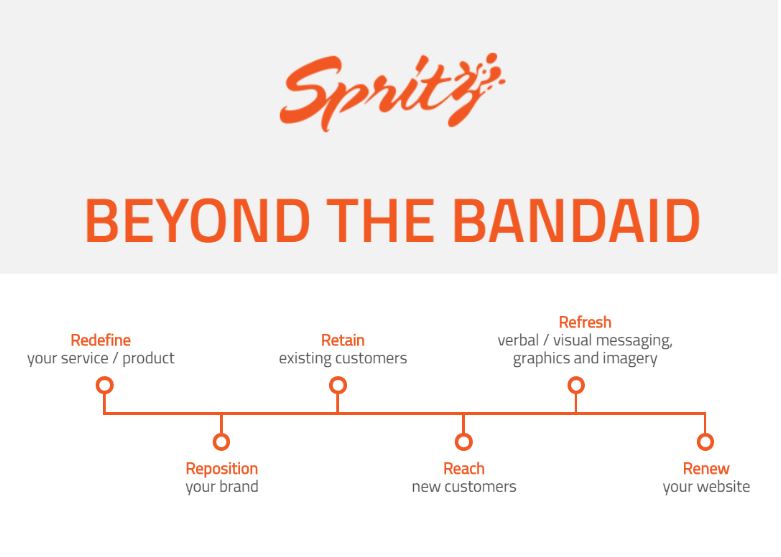
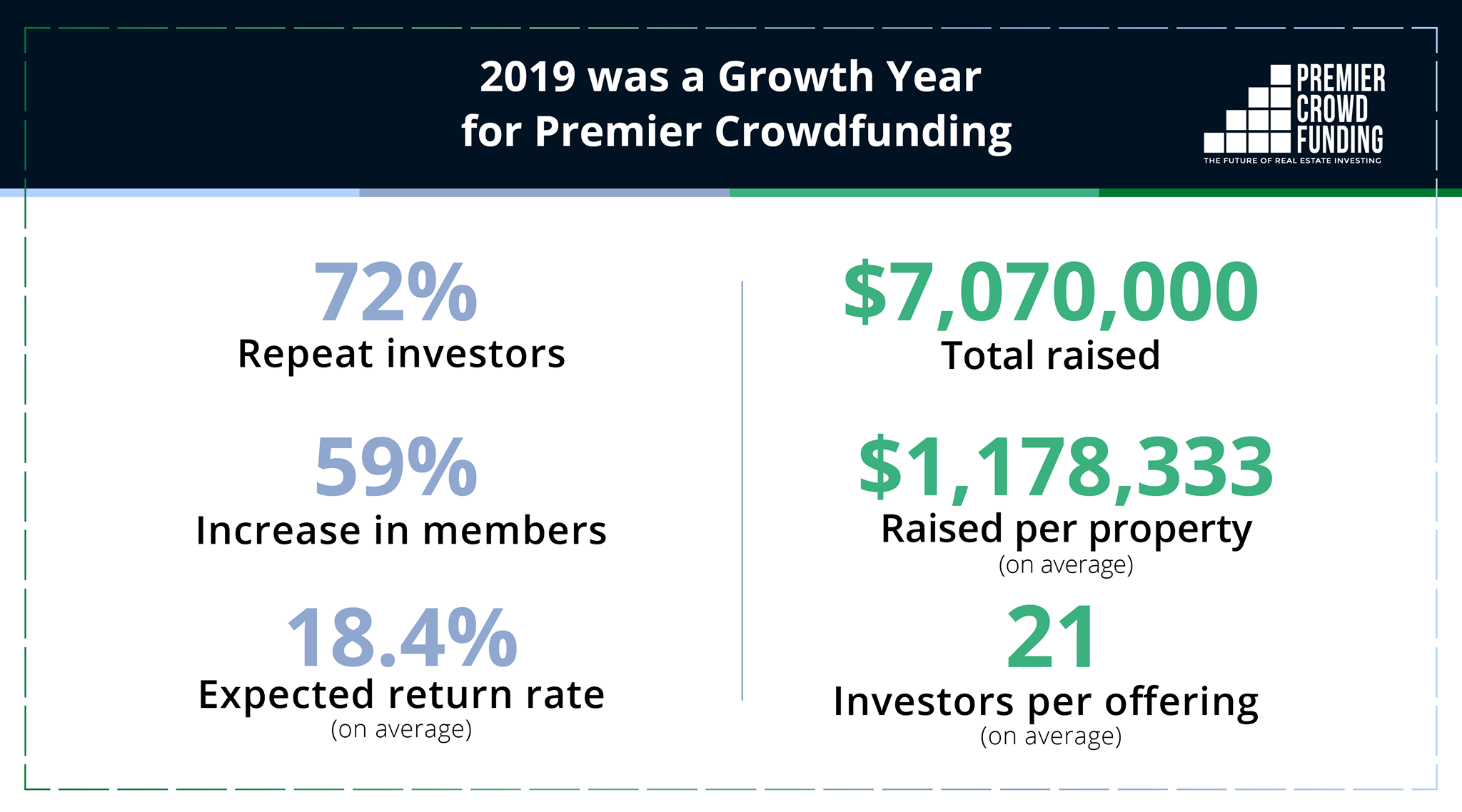
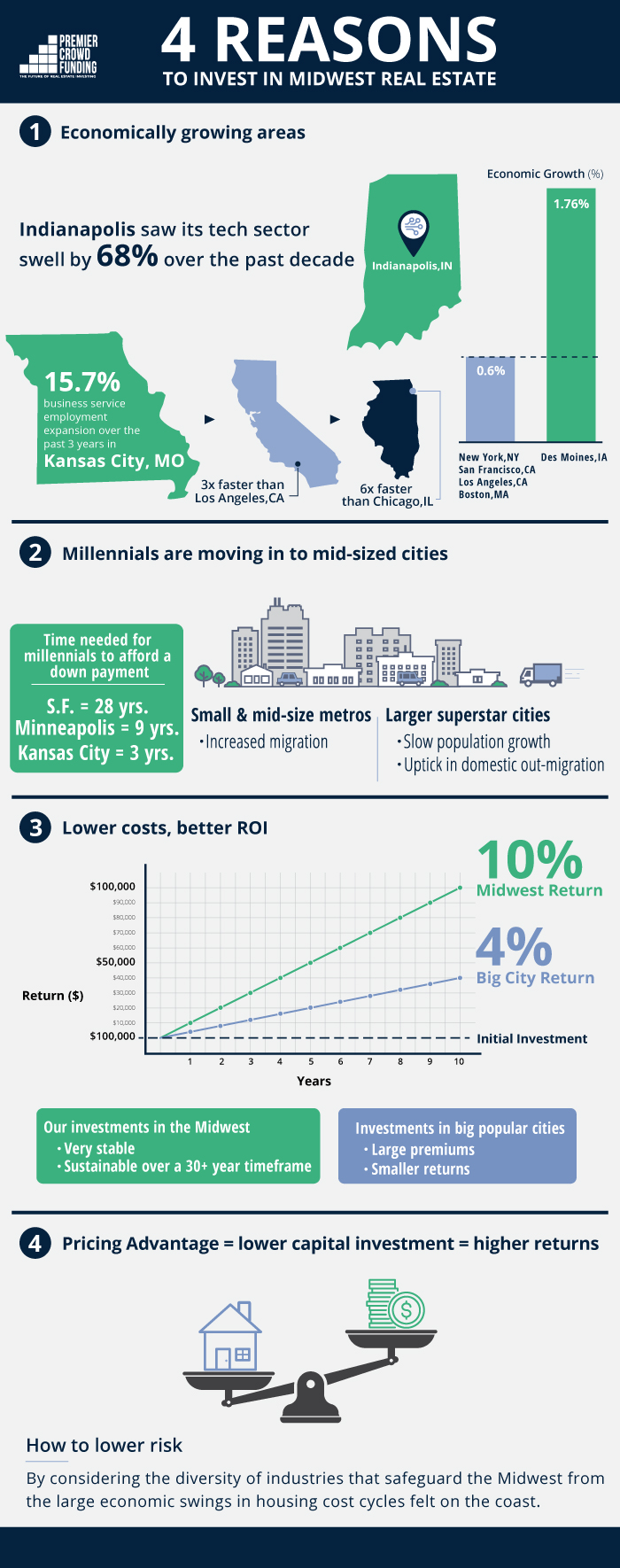
Be amazed! Let us know if we can help you make powerful, memorable infographics that deliver the WOW.
___________________________________________________________
¹ 3M Meeting Network, 11/2/2000
² http://web.stanford.edu/~rhorn/a/recent/artclNSFVisualLangv.pdf


Share on social